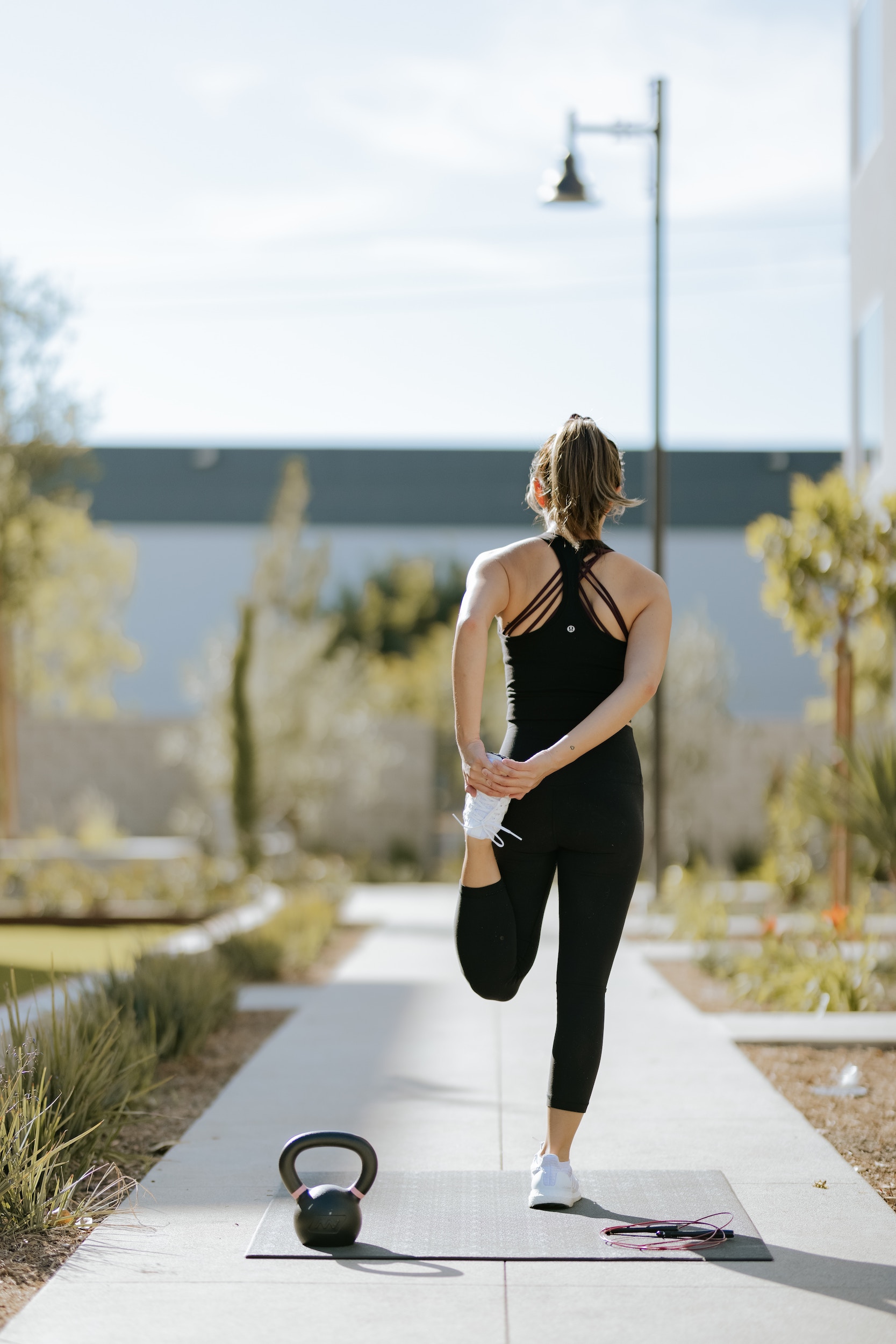Flexibility and stamina may seem like two separate facets of fitness, but they’re more interconnected than you might think. Engaging in exercises that enhance flexibility, such as yoga, can significantly boost your stamina and overall physical performance. Here’s why.
First, let’s understand what we mean by flexibility. Flexibility refers to the range of motion in a joint or group of joints and the ability to move joints effectively through a complete range of motion. In other words, being flexible helps you move more freely and easily, which can be a game-changer in any physical activity.
Yoga is an ancient practice that combines breathing, meditation, and movement, and it’s a fantastic way to improve flexibility. Various styles of yoga, from gentle Hatha to vigorous Vinyasa, offer unique benefits, including enhanced muscle tone, improved balance, and, yes, better flexibility.
But how does this tie into stamina?
When your body is flexible, it’s more efficient. You can perform movements with less effort and energy, allowing you to exercise longer without tiring out. Furthermore, a flexible body has a reduced risk of injury, particularly injuries related to fatigue or overuse, which can quickly sideline your stamina-building efforts.
Another bonus of flexibility is that it aids recovery. The stretching and elongation of muscles during flexibility exercises enhance blood circulation, which helps remove lactic acid build-up and hastens the repair and recovery of muscles post-workout.
Research supports this connection between flexibility and performance. A study in the Journal of Strength and Conditioning Research found that a 10-week yoga program improved flexibility and balance in college athletes. Improved flexibility can lead to better form during your workouts, and good form can result in better performance and endurance.
The best part? You don’t have to be a seasoned yogi to reap these benefits. Even incorporating a few yoga poses or stretches into your weekly routine can make a difference. Try poses such as a downward dog for an overall body stretch or a pigeon pose for a deep hip stretch.
Remember to always listen to your body, though. While stretching and flexibility exercises should involve a degree of challenge, they should never cause pain. And if you’re new to yoga, consider taking a class or two under a certified instructor to ensure you perform the poses correctly and safely.
In the grand scheme of your fitness journey, improving flexibility isn’t about being able to do the splits or twisting yourself into a pretzel. It’s about enhancing your body’s capacity to move efficiently and withstand the rigors of prolonged physical activity. That’s how flexibility contributes to the marathon. That is stamina-building.
Now, over to you. Do you incorporate yoga or other flexibility exercises into your fitness routine? How have these exercises impacted your stamina or overall physical performance? Share your experiences and insights below!
